Global Trade Dynamics
The Traditional Leather Industry. Tariffs, trade agreements, and international regulations can significantly impact the sourcing and pricing of leather products. For instance, fluctuations in trade policies may affect the import and export of raw materials, influencing production costs and market prices. Recent data indicates that countries with favorable trade agreements have seen a boost in leather exports, enhancing their market presence. Additionally, the rise of emerging markets presents new opportunities for growth, as demand for leather products increases in regions with expanding middle classes. As such, companies in the Traditional Leather Market must navigate these complexities to optimize their supply chains and capitalize on new market opportunities.
Sustainability Trends
The Traditional Leather Market is increasingly influenced by sustainability trends. Consumers are becoming more environmentally conscious, leading to a demand for leather products that are produced using eco-friendly methods. This shift is evident as brands adopt sustainable practices, such as sourcing leather from tanneries that utilize vegetable tanning processes. According to recent data, the market for sustainable leather is projected to grow significantly, with a compound annual growth rate of approximately 10% over the next five years. This trend not only enhances brand reputation but also aligns with the values of a growing segment of consumers who prioritize ethical consumption. As a result, companies within the Traditional Leather Market are likely to invest in sustainable sourcing and production methods to meet this demand.
Artisanal Craftsmanship
The resurgence of artisanal craftsmanship is a notable driver in the Traditional Leather Market. Consumers are increasingly seeking unique, handcrafted leather goods that reflect individuality and quality. This trend is particularly pronounced among younger demographics who value authenticity and are willing to pay a premium for products that are made with care and skill. Artisanal leather products often come with a story, enhancing their appeal. Market data indicates that the artisanal leather segment has seen a growth rate of around 15% annually, as more consumers gravitate towards bespoke items. This shift not only supports local artisans but also fosters a deeper connection between consumers and the products they purchase, thereby enriching the Traditional Leather Market.
Technological Advancements
Technological advancements are reshaping the Traditional Leather Market in various ways. Innovations in production techniques, such as 3D printing and automated cutting, are enhancing efficiency and reducing waste. Additionally, the integration of digital platforms for marketing and sales is expanding the reach of leather brands. Recent statistics suggest that the adoption of technology in the leather sector could lead to a reduction in production costs by up to 20%. Furthermore, advancements in leather alternatives, such as lab-grown leather, are also emerging, providing consumers with more options. As these technologies continue to evolve, they are likely to drive competition and innovation within the Traditional Leather Market, compelling traditional manufacturers to adapt or risk obsolescence.
Changing Consumer Preferences
Changing consumer preferences are a pivotal driver in the Traditional Leather Market. As lifestyles evolve, there is a noticeable shift towards casual and versatile leather products that cater to modern needs. Consumers are increasingly favoring leather goods that combine functionality with style, such as bags and footwear that can transition from work to leisure. Market analysis indicates that the demand for casual leather products has surged, with a projected increase of 12% in sales over the next few years. This trend reflects a broader cultural shift towards comfort and practicality, prompting brands to innovate and diversify their product offerings. Consequently, companies within the Traditional Leather Market must remain attuned to these evolving preferences to maintain relevance and competitiveness.


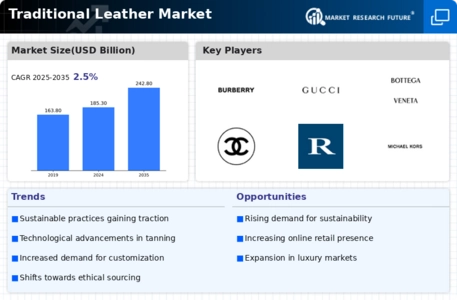

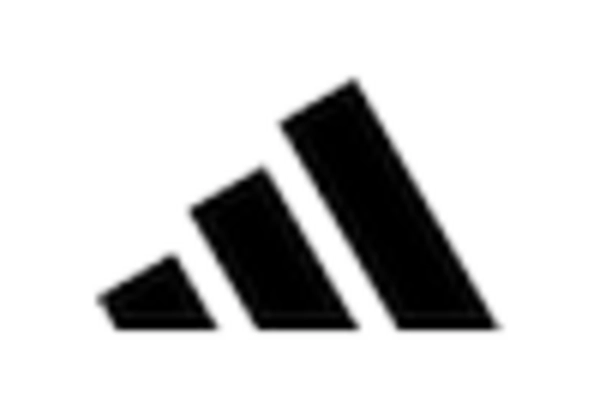
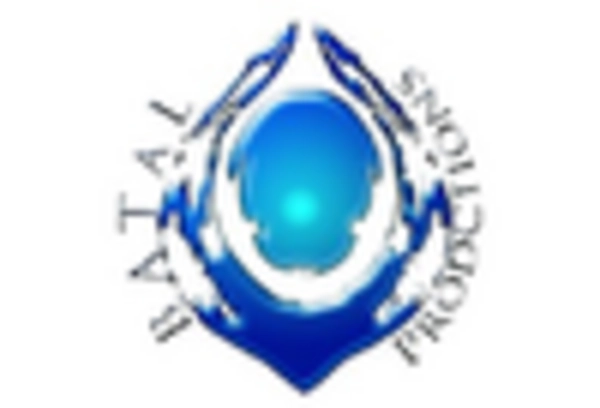
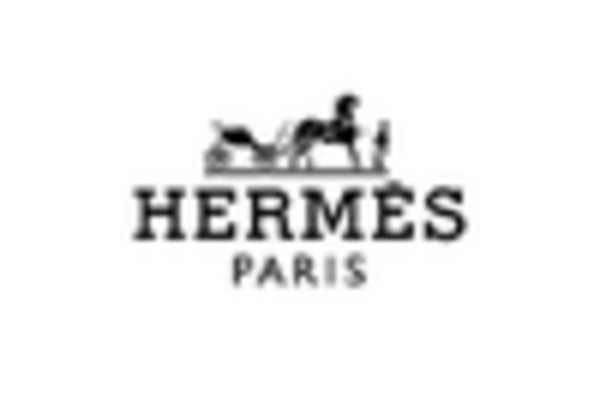
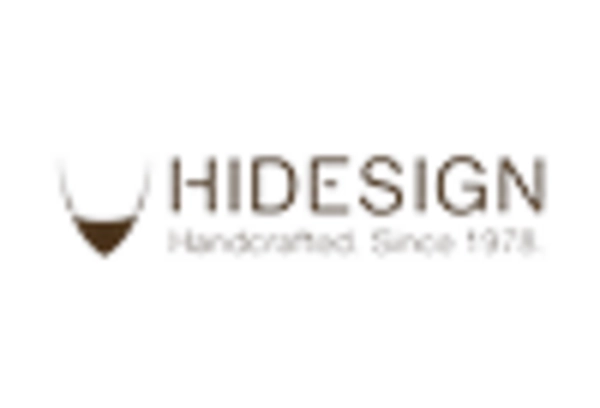
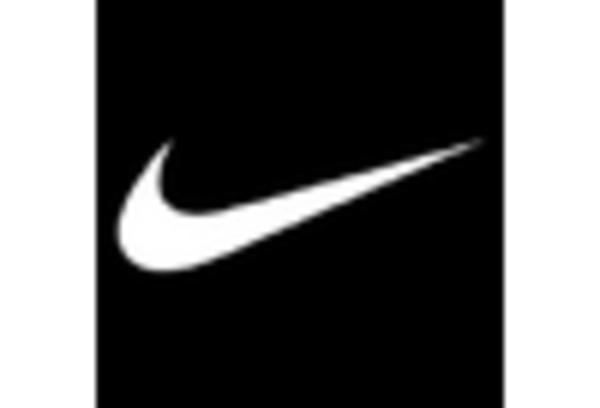
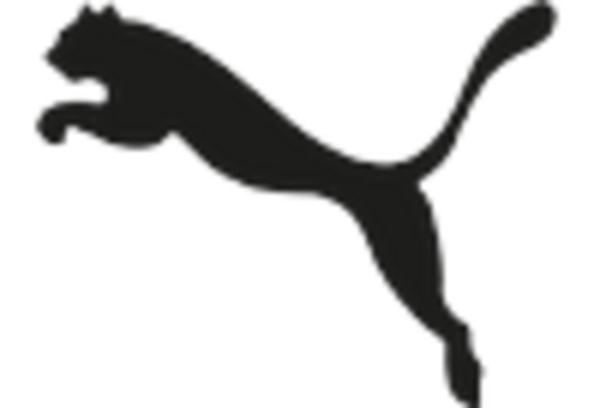








Leave a Comment